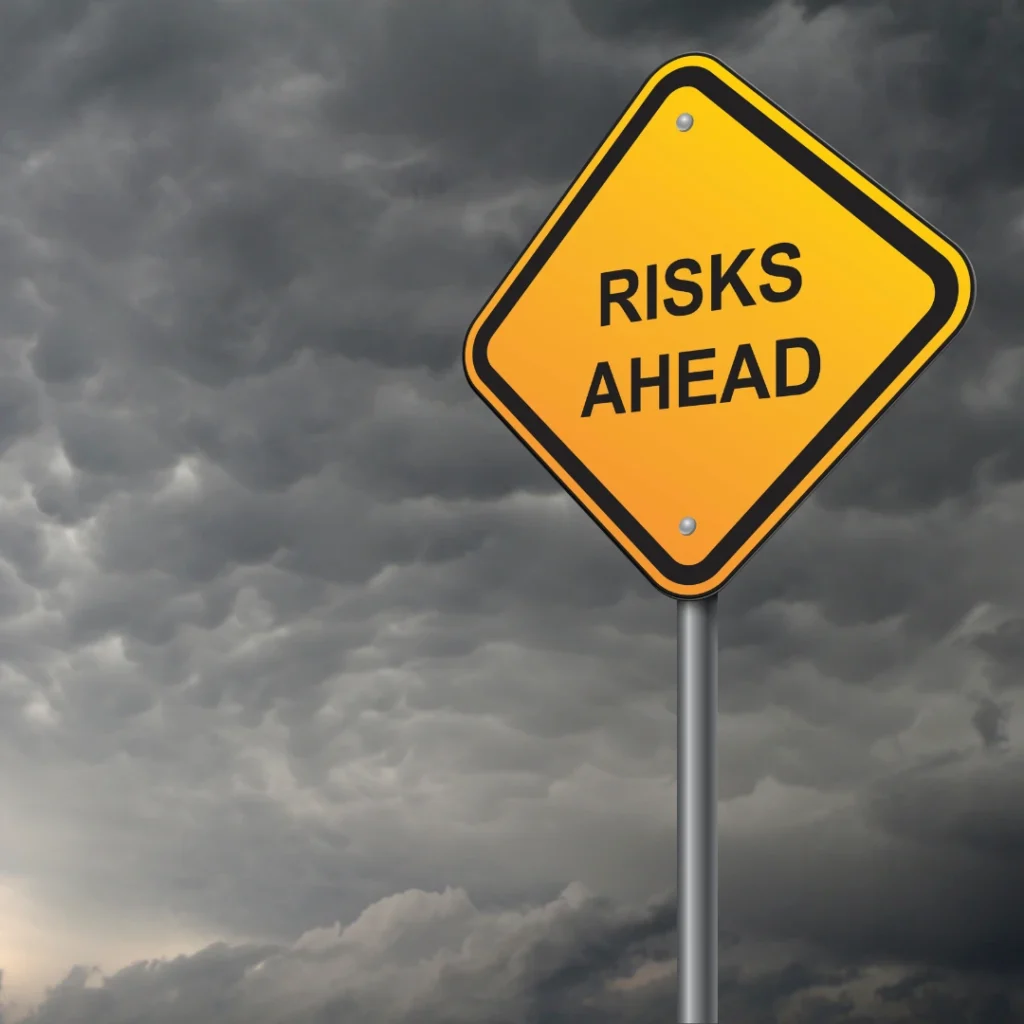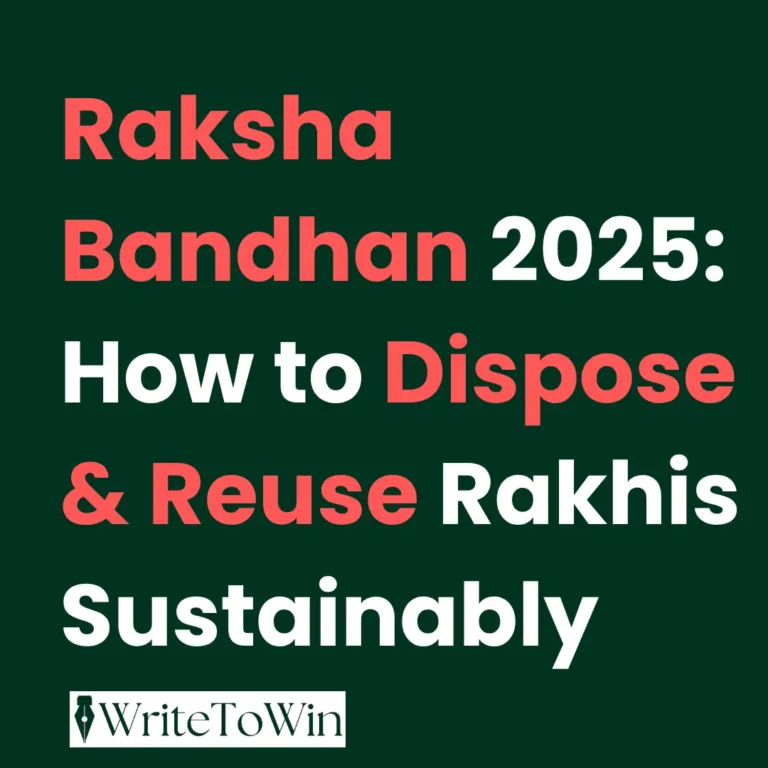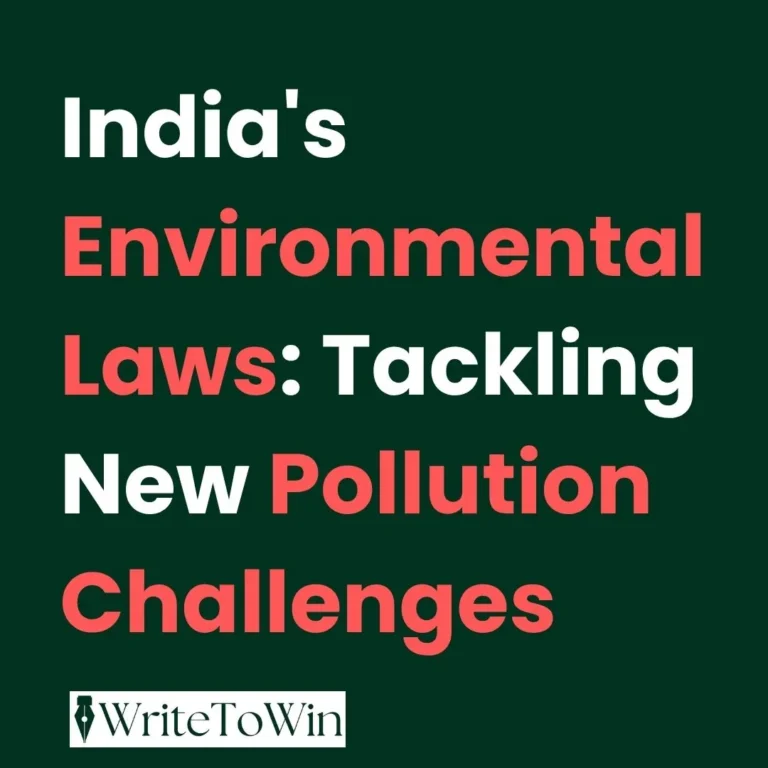1. Melting Ice and Its Environmental Impacts
1.1 How much ice is there?
Our world possesses humongous frozen water reserves in every shape and size conceivable. Ice sheets, glaciers, and sea ice cover most of the fresh water on our world. That’s the way it is:
Antarctica contains approximately 26.5 million cubic kilometers of ice.
It is the driest and coldest of all the continents on Earth and the largest source of future sea-level rise. Sea levels could increase by almost 58 meters of ice melt in the Antarctic.
Greenland contains approximately 2.85 million cubic kilometers of ice. Melt the ice and it would be another increase of approximately 7 meters.
Glaciers and snowfields in mountains, albeit smaller in size, are also fast melting. Himalayas, Andes, Rockies, and Alps are losing ice in record amounts.
Arctic floating sea ice is thinning. Sea level rise is not a cause of thinning but lowers Earth’s albedo and thus enhances warming. Climate risks include extreme weather, rising seas, resource scarcity, and economic losses from global warming.
Melt all the ice and you would see sea levels rise by approximately 66 meters (216 feet), re-drawing continents and unleashing cataclysmic spasms in human civilization and the natural world.

1.2 Sea Level Rise
Sea level rise due to melting ice would be irreversible but permanent. It would not be sudden, but the process could not be reversed.
Effects of Sea Level Rise:
● Human Population Displacement: More than 1 billion human beings reside in low-lying coastal zones. Miami, Jakarta, Shanghai, and Lagos would be submerged.
● Loss of Cultural Heritage: Venice and Alexandria may be lost, and with them, an unlimited number of cultural monuments.
● Economic Loss: World GDP can be reduced to a large extent due to loss of property, loss of business, and loss of infrastructure
● Sea Water Intrusion: Seawater will contaminate freshwater aquifers, particularly in agricultural regions, and destroy water for human consumption. and crops.
● Loss of Biodiversity: Mangroves and wetlands would be inundated with water, and numerous species would be destroyed.
It could potentially cost trillions of dollars in lost economic activity, a World Bank report states, if it is thwarted.
1.3 Weather and Climatic Changes
Ice controls world weather. Melting upsets the world balance, and strange and abnormal weather fluctuations are the result.
Key Trends in Weather and Climate:
● More intense and more frequent storms: Cyclones and hurricanes are driven by warm oceans and thus become increasingly and increasingly stronger.
● Increased and more intense heatwaves: Longer periods of temperature over the average causing dryness and water shortages.
● Monsoon pattern shifts: It destabilizes, and this would affect agriculture in countries like India, China, and Brazil.
● Ocean current disturbance: Melting of freshwater can disturb the Atlantic Meridional Overturning Circulation (AMOC) and, consequently, affect European climate.
● Permafrost thawing: Siberia and Alaska are thawing and emitting methane, an extremely powerful greenhouse gas 80 times more effective than CO₂.
The resulting climate feedback cycles would amplify warming and create a dangerous global cycle.
1.4 Damage to Wildlife and Ecosystem
Ecosystems are also delicate and balanced. Ice melting produces a ripple effect on all that lives.
Polar Regions
Polar bears depend on ice to hunt seals. If there is no ice, they will starve to death.
Penguins need stable ice for breeding. The shifting of the patterns of ice threatens their survival.
Arctic foxes, narwhals, and walruses are threatened by loss of habitat and reduced food sources.
Marine life
Phytoplankton population is reduced by warmer water temperatures that are capable of affecting the whole marine food chain.
Coral reefs will bleach and die because of rising temperature and acidified oceans as a result of higher CO₂ uptake.
Forest and Grassland Ecosystems
Forest die-back is caused by temperature fluctuation and drought.
Birds and animal migration patterns will be changed, causing environmental imbalance and confusion.
With the ice melting together, the shape of Earth’s surface would not change at all, but its biological composition as well.
2: Legal and Political Implications
2.1 Global Climate Agreements
To reverse climate change, nations signed various global agreements. They aim to restrict the emission of greenhouses and global warming:
● United Nations Framework Convention on Climate Change (UNFCCC) (1992) : Established the global agenda for climate negotiations and climate debate.
● Kyoto Protocol (1997): Committed developed nations legally to curbing emissions. It was the first significant global attempt to address climate change.
● Paris Agreement (2015): International historic accord in which 196 nations committed to capping warming to as near 2°C as possible, but ideally 1.5°C.
Most countries, however, have not done this because of lack of funds, weak implementation, and political resistances. The pace and uneven progress globally are sluggish because the accords are trust, voluntary contributions, and national policy.
2.2 Legal Requirement for Emissions
It is a complex question of culpability in the matter of climate change. The developed world and America, the European countries, and Russia always emitted the highest amount of carbon dioxide.
India and China, the industrialized economies of today that came early to industrialization, are also the biggest emitters.
● What is the moral and legal issue that this presents?
● Should we give more weight to past emissions versus those occurring today?
● Are there obligations by affluent countries to assist poor countries to adapt?
● Are states or corporations legally responsible for climate harm?
Litigations are already pending. In 2021, a Dutch court issued a directive to Shell to cut down carbon emissions. The same type of litigation is being initiated throughout the entire world to push the companies and governments into action.
2.3 Rights of Climate Refugees
As the seas rise and the hurricanes rage, millions will be displaced. But under international law, they are not “refugees.”
The 1951 Refugee Convention only shields people who are fleeing persecution or war.
There isn’t a standard definition to climate change refugees.
This failure of the law exposes climate migrants to risk. There needs to be new policy implemented to:
● Define climate-induced displacement
● Offer resettlement support, education, and health care
● Spread Burden Across Countries
● All nations, including New Zealand, have begun issuing climate refugee special visas, but the world is still cold.
2.4 Land and Resource Conflicts
The melting of the ice liberates previously untapped resources. The Arctic, for example, is being opened up, and this generates geopolitical tensions.
Russian Federation, the United States, Canada, and others are focusing their efforts on the Arctic oil and gas fields.
Seas such as the Northern Sea Route are opened up in summer, and due to this, tensions are generated.
Warm ocean water fishing is changing, and this has implications for national interest and food security.
Even though there are regulations under the United Nations Convention on the Law of the Sea (UNCLOS), they are not strictly enforced. There would be more conflict because there would be more competition.
3: Social Justice and Human Rights Implications
3.1 Impact on Global Economy
And if the entire ice on the globe melted, the cost would be staggering. Coastal cities like Mumbai, New York, Shanghai, and Dhaka would be submerged underwater. Not only do they contain millions, but they are also economic giants.
The World Bank projected more than 130 million people would be driven into poverty by climate change by the year 2030. When the ice melts and sea levels rise, ports are lost, houses are
inundated, land for agriculture disappears, transport infrastructure disappears, and infrastructure networks disappear. Climate losses could not be covered by insurers, premiums went up, and some industries were taken down with them.
For instance:
Hurricane Katrina in 2005 resulted in $125 billion damages in the United States.
2022 Pakistan floods impacted more than 33 million and resulted in a loss of $30 billion.
Melted ice would repeat such catastrophes throughout the world, and it would be more difficult for the economies to recover. The poorest nations in the world, poor as they already were, would be the hardest hit.
3.2 Inequality of Impact
The impact of the melted ice is not uniform. There are countries, for example, the Netherlands, which have the technology and the resources to build sea walls and adapt. There are others, for example, Bangladesh or the Pacific island nations, which do not.
This is a matter of justice:
● They released the lowest greenhouse gases but were impacted the most.
● The native population of the Arctic, like the Inuit, are endangered in their place of original residence, way of life, and way of living.
● The small island nations will be gone completely, not only land but nation and identity as well.
Such a wrong calls for an equitable international response:
● Wealthy nations, therefore, should help poor nations with climate funds.
● We must bring the indigenous voice into the politics regarding climate.
● They have to be directed towards the poor and the marginalized.
3.3 Public Health and Safety
Global warming and melting of ice hazard human health on a number of fronts:
Heatwaves become more deadly, especially on the elderly and the young.
Vector diseases such as dengue and malaria are transmitted as warmer areas spread.
Waterborne illnesses are poised to surpass flooding and lack of sanitation.
Psychological problems emerge in societies with high rates of disaster.
Developing world health centers are not equipped. Climate impacts in developed countries can potentially stress hospital emergency departments and health centers. Regulated protection needs to be enhanced so that health is addressed as an issue of climate justice. Governments can:
● Improve the availability of care to high-risk populations
● Strengthen disaster early warning systems
● Promote awareness about health hazards induced by climate
3.4 Future Generations and Children
The worst problem of justice is most probably going to be in the future. Unless we take action, the future generations are going to get a worse world, a poorer world, and an unlivable world.
More than 1 billion children reside in highly climate-exposed nations (UNICEF, 2021).
Glacier melting will redefine coastlines, economies, and global power.
Loss of biodiversity and uncertain climatic conditions will restrict water, food, and shelter.
Children and youth everywhere in the world are being taken to court. Greta Thunberg and others have initiated proceedings against states for inaction in fulfilling their duty under international and domestic law.
Legislation must adjust to:
● Explain intergenerational rights
● Involve youth in decision-making
● Impose liability for lasting harm
4: Adaptation Strategies and Legal Responses
4.1 National Legal Frameworks
Various countries have begun building legal frameworks against the problem of global warming and against the effects of melting glaciers. Legislation varies geographically, by ability, and by government.
Similar to
● India’s Environment Act of 1986 provides the government with the mandate to act against climatic danger as a component of environmental degradation.
● The Environmental Protection Agency (EPA) utilized the United States Clean Air Act to regulate greenhouse gas emissions.
● The Bangladesh Climate Change Strategy and Action Plan (BCCSAP) advocates legal and economic measures in the disaster planning, flood management, and resettlement.
Laws like these help:
● Establish emission standards
● Institute disaster management institutions
● Direct investment into infrastructures of ailing industries
● The majority of legal systems do not provide for massive sea-level rise or mass climate displacement. The law and constitution need to be reformed by governments to incorporate climate loss and displacement.
4.2 International Law and Treaties
There exist a number of global agreements and treaties that provide legal solutions to counter melting ice on Earth and climatic change effects:
● United Nations Framework Convention on Climate Change (UNFCCC) (1992): Provides the global framework of cooperation with respect to climate change.
● Paris Agreement (2015): International legally binding instrument under the UNFCCC. The aim is to keep the global warming well below 2°C.
● Kyoto Protocol (1997): Tightly bound the industrialized countries to cut emissions (though whose second commitment period ended in 2020).
● Sendai Framework for Disaster Risk Reduction (2015–2030): Focuses on disaster risk reduction, and this includes climate disaster risk reduction.
● UNCLOS (United Nations Convention of the Law of the Sea): May be engaged in the delimitation of sea borders after sea level change.
These treaties mandate that:
● Climate finance for the developing world
● Sharing technology
● Monitoring of worldwide emissions
● State responsibility for climate commitments
But there is no rigorous enforcement. The majority of states lag behind in their emissions targets with little penalty. There should be more penalty and international legal obligation.
4.3 Legal Means and Adaptation Strategies
In addition to mitigation, it has to change. The legal frameworks have to enable resilient infrastructure, early warning, and risk reduction.
Adjustment strategies are:
● Seawall and flood barrier building
● Resettling refugee populations
● Constructing robust agriculture
● Zoning ordinances limiting construction in flood areas
Legislative tools for adaptation facilitation:
● Compulsory Environmental Impact Assessment (EIA) prior to starting the construction work
● Land-use planning act
● Disaster Management Acts that bring together the national, regional, and local interventions
● For instance, the Delta Works in the Netherlands is a colossal legal and engineering project to counter sea-level rise.
They should provide adaptation law:
● Are comprehensive and encompass vulnerable groups
● Are science-based
● Able to be resilient against new climate threats
4.4 Climate Litigation: The New Trend
A second legal reaction to receding ice and inaction on climate is climate litigation. People, NGOs, and youth organizations are taking governments and corporations to court for climate inaction and environmental degradation.
Landmark cases:
● Urgenda Foundation v. The Netherlands (2015): The court directed the government to reduce the emissions at least by 25% by 2020.
● Juliana v. United States: The government of the United States was being sued by child plaintiffs for denying them their constitutional right to have a healthy climate.
● Milieudefensie v. Shell (2021): The court of the Netherlands ordered Shell to reduce its emissions by 45% by 2030.
These judgments show that courts are a powerful tool for enforcing public accountability and intergenerational justice, and put pressure on governments to meet their climate commitments.
Climate cases will also increase:
● More than 2,500 climate cases have been brought worldwide (as of 2023).
● Judicial forums have begun to understand that the right to a healthy environment is a human right.
● Law school is evolving to incorporate environmental law and climate justice.
4.5 Civil Society and NGOs role
Legal adaptation is a key function for NGOs and civil society:
● Campaigning to strengthen climate legislation
● Helping communities in court appearances
● Rendering information, research, and legal advice
● Coordination of public campaigns and legal aid
Groups such as Greenpeace, ClientEarth, and Earthjustice have made climate law a tool of radical change. Activist groups such as Fridays for Future are also flipping the law script on its head with activism and strategic litigation.
5: The Way Forward
5.1 Reducing Emissions
The best means of avoiding ice melt disasters is to drive greenhouse gas emissions way down. That must be done by means of international coordination and binding law that will encourage governments and companies to de-carbonize.
Pragmatic actions are:
● Transition to alternative fuels: Solar, wind, water, and other alternative renewable energy fuels will replace oil and coal.
● Improved energy efficiency: in transportation, in buildings, in industry.
● Carbon trading schemes and taxation: to discourage emitters.
● International carbon finance: Helping the developing world go green.
Compliance can be mandated. Governments can be compelled by the courts to take action on climate, and parliaments can compel business to report emissions and switch to cleaner models of business.
5.2 Building Climate Law
To address future challenges, countries must:
● Amend their constitutions to include the constitutional right to a healthy environment.
● Pass stronger climate legislation, for example, India’s climate bill.
● Enact fundamental climate refugee and migrant legislation.
● Align disaster management law with environmental law.
On a worldwide level, the Paris Agreement may be made obligatory. Penalties for non-compliance may be imposed. Subsequent cases of climate justice may be adjudicated by international courts such as the International Court of Justice (ICJ).
5.3 Adaptation and Resilience Investment
Prevention of ice melting should be ensured, yet prevention of collision should also be readily available.
Support for adaptation must be reinforced, particularly to nations in the developing world. Investments must go to:
● Early warning systems for cyclone and flood
● Improving the infrastructure along the coastlines
● Relocation of vulnerable groups in a respectful manner
● Building climate-aware professionals
● Planning for resilience must be science-based and inclusive.
The indigenous peoples and indigenous knowledge play a very critical role.
5.4 Empowering and Engaging Citizens
Sensitization and awareness must be at the people’s level.
Climate responsibilities and rights education must be at the schools through legal literacy.
The citizens must be motivated through campaigns to:
● Encourage leaders to act
● Adopt the green way of life
● Develop a culture of green responsibility
● NGOs, groups, and media can.
Conclusion
If all the ice on our planet melted, the world would be plunged into an apocalyptic environmental and legal catastrophe.
Sea levels would rise, coastlines would vanish, and mass migration would overwhelm our legal system, economy, and society.
But that fate is not inevitable.
With rapid action—law, politics, economy, society—can avoid the worst.
Climate change is a complex problem, but law is one of the most powerful instruments to make the world safer, fairer.
From climate claims to global deals, and from street protests to legal innovation, the international response must be rapid, fair, and visionary.
Only then can we protect not only the icy edge of our world but the futures and dignity of all its citizens.
References
1. Intergovernmental Panel on Climate Change (IPCC), Sixth Assessment Report, 2021.
2. NASA Earth Observatory. “Earth’s Ice Mass Loss.”
3. UNFCCC. “Paris Agreement” (2015).
4. United Nations. “Sendai Framework for Disaster Risk Reduction 2015–2030.”
5. Urgenda Foundation v. State of the Netherlands, 2015.
6. Milieudefensie v. Royal Dutch Shell, 2021.
7. ClientEarth Legal Database.
8. UN Human Rights Council. “Climate change and human rights” reports.
9. World Bank. “Climate Change and Economic Impact,” 2023.
10. UNEP. “Climate Litigation and Legal Trends,” 2024.
Pakhi is an environmentalist at heart, seeing the planet as both a shared home and a shared responsibility. She blends her passion for the environment with her love for the law, exploring how legal tools can protect nature and promote sustainable living. Her work aims to make complex ideas simple and inspire practical changes – proving that caring for the Earth and caring for people go hand in hand.







